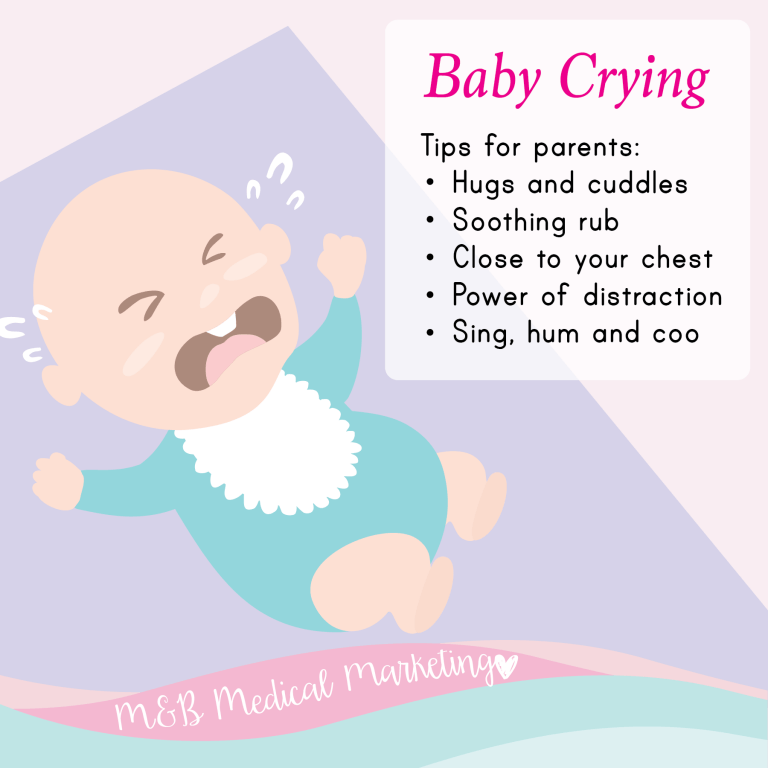ADORABLE INFANTS
BABY
CRYING

Crying is perfectly normal in babies, but parents should know how
to distinguish a cry of hunger or tiredness from one that signals pain. Also, take note how long your child has been crying and if it is different from usual.
To the untrained ear, all babies’ cries sound the same, but most parents can identify a cry of hunger from one of pain. Other causes of crying include discomfort, tiredness, and, yes, even boredom!
It’s important that your child develop at his own pace. As parents, we should not be comparing them with other kids. Children complete their transitions at various times and at their own pace and that’s ok. Your goal is to provide a nurturing, warm and loving environment that encourages your child’s growth and development naturally at every stage, fostering his or her innate desire for independence and learning.
Here’s some tips to help your little one ease into the toodler stage.
Tips for parents
• Calm down! This is very important as a child can pick up on the tension in adults and cry even more.
• Hugs and cuddles. Cuddle your child close. Some babies respond well to this.
• Soothing rub. Massaging your baby’s tummy in a clockwise motion may work, especially if it is the tummy that’s causing the problem.
• Close to your chest. Swaddling or slinging has been known to help.
• Power of distraction. If you’re out of ideas, try more creative methods, such as let your baby listen to running water, watch fish swimming in an aquarium, etc.
• Sing, hum and coo. Some parents find that humming or speaking gently to their babies helps calm them down.
Different cries
‘It’s heartburn!’
Your baby cries continuously while arching his/her back and seems uncomfortable lying flat.
Acid reflux (heartburn) is one of the most common reasons for this as the valve that prevents milk from travelling back up the oesophagus has not matured. The milk that is regurgitated contains stomach acids that irritate and burn the oesophageal lining, which may lead to vomiting and increased pain after feeds – thus, the incessant crying.
‘I’m colicky!’
This is another reason for continuous crying, sometimes for more than three hours. Suspect colic if your baby pulls his/her legs up to the tummy and appears to be in pain.
When to see a doctor
• Crying continuously for more than three hours. • Has flu-like symptoms.
• Abdomen appears bloated.
• Passes out red-mucoid stools.
Source: MIMS HealthToday Malaysia
